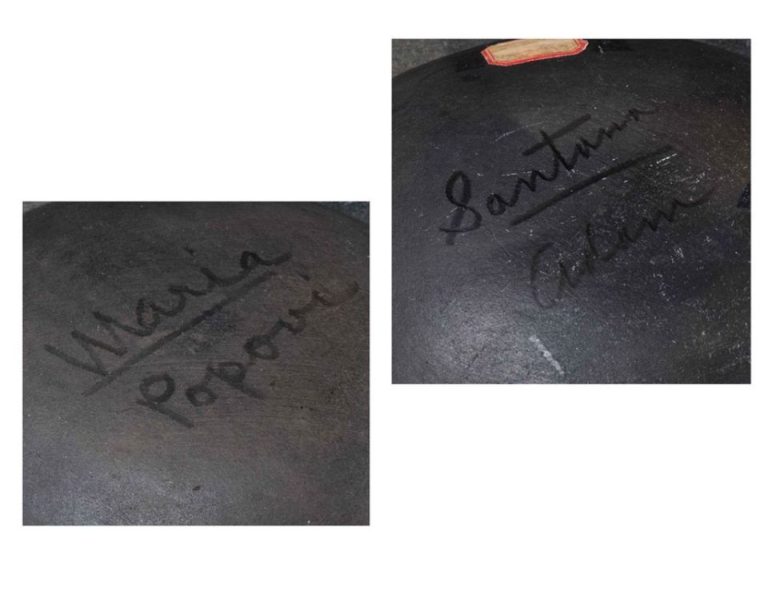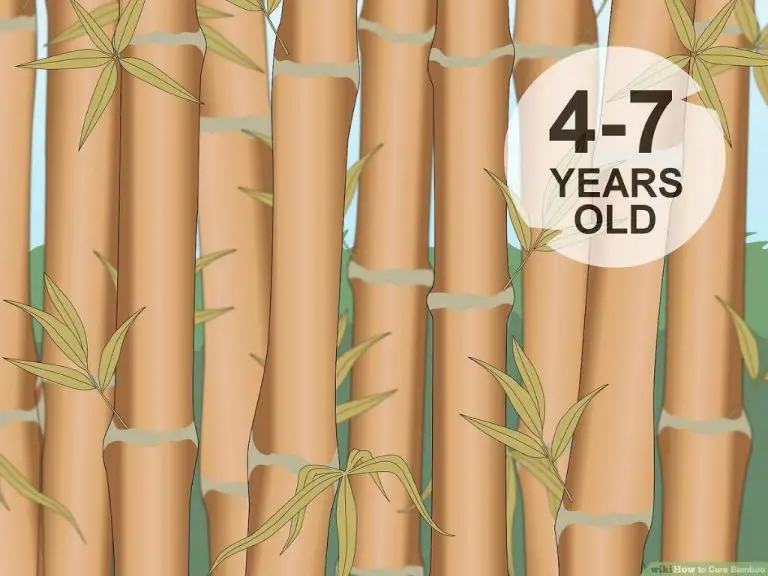What Color Clay Makes Brown?
Brown is one of the most popular colors used in pottery and ceramics. The rich earthy tones provide a sense of warmth and nature. While natural brown clay exists, brown is more commonly produced by mixing and blending other colored clays.
By combining specific ratios of different colored clays, potters can create an endless variety of brown tones to use in their pieces. From light tan to deep chocolate brown, the possibilities are endless.
The most common clays used to make brown are red, yellow, white, black, and blue. By adjusting the firing temperature and mix ratios, potters can fine tune the shade of brown.
Red Clay
Red clay contains high amounts of iron oxide, which gives it its distinctive red hue. When fired in a kiln, red clay burns to a terracotta or reddish-brown color. The natural red tones make red clay a common choice for creating brown hues in ceramics and pottery.
Adding red clay to other lighter clays is a simple way to shift them towards brown tones. Even a small amount of red clay blended into white or buff clay can produce a warm tan or light brown color when fired. The more red clay that is added, the darker and richer the brown hues will become in the final fired piece.
Red clay is readily available and inexpensive, making it a versatile material for ceramicists aiming to achieve brown colors. With proper mixing ratios and kiln firing, red clay can produce the full range of brown shades from beige to deep chocolate brown.
Yellow Clay
Yellow clay fires to a yellowish hue on its own. This natural clay contains iron oxide, which gives it the distinctive yellow color. When fired in a kiln, the iron oxide undergoes chemical changes that permanently set the color into the clay.
Yellow clay is commonly found in many parts of the world, notably in Germany, France, the United Kingdom, and certain regions of the United States. Depending on the exact mineral composition, the fired color can range from light pastel yellow to deep golden yellow.
When added to other clays, yellow clay shifts the resulting color towards brown. The yellow undertones blend with the natural color of the clay body to create an earthy brown tone. As more yellow clay is added, the brown becomes richer and more vibrant.
The addition of yellow clay is a common technique used by ceramic artists and potters to alter the color of clay bodies. Even a small amount creates a noticeable effect. The percentage of yellow clay must be carefully controlled to achieve the desired shade of brown.
Blue Clay
Blue clay fires to a bluish-gray color on its own. The blue tones come from the presence of cobalt in the clay body. When blue clay is added to other clays, it helps mute brightness and shift the color towards brown hues. Mixing just a small amount of blue clay into a red or yellow clay body will make the fired color more earthy and muted.
Too much blue clay can make the final color gray and lifeless. But used sparingly, blue clay is very effective for toning down bright colors and making them more natural and brownish. The percentage needed will depend on the specific clays being mixed together and the desired results. Some experimentation is usually required to find the right balance.
White Clay
White clay is an important ingredient for creating various shades of brown clay. By itself, white clay has a very light cream or off-white color. However, when mixed with small amounts of darker clays, white clay can lighten the hue significantly. A common clay mixture for making brown contains about 70% red clay, 20% yellow clay and 10% white clay. The white clay helps temper the red-orange of the red clay into more of a brownish terra cotta shade.
White clay is often used to create light tans or earthy browns. Adding just 5-10% white clay to a darker brown clay base will generally lighten the color noticeably. Too much white clay can make the brown appear washed out or faded. Many ceramicists recommend starting with small amounts of white clay first when trying to achieve a specific brown hue. More white clay can be added to reach the desired color, but it’s difficult to reverse by adding more of a darker clay.
In summary, white clay is a useful ingredient for lightening other clays and creating softer brown tones by diluting and mellowing richer or more vibrant hued clays.
Black Clay
Black clay is a very dark brown clay that can be used to darken other clays when mixed together. The high iron oxide content in black clay gives it a very dark brown or black appearance. Adding even small amounts of black clay to lighter colored clays like white or red will shift them towards brown or darker earth tone colors.
Black clay is ideal for modifying and enriching colors in ceramic work. As little as 10% black clay added to a lighter clay body can produce noticeable darkening. The more black clay added, the darker and richer the tones will become. Many ceramic artists keep black clay on hand specifically for its color modifying properties.
When used on its own, black clay fires to a very dark brown or black finish at mid-range stoneware temperatures. The depth of the black color depends on the clay body and the firing temperature. Higher iron clays fired hotter will produce a richer, darker black. While not a true black, the dark brownish black hue can add beautiful contrast and accent colors to finished ceramic pieces.
Clay Mixing Ratios
The ratio in which different colored clays are mixed together has a significant impact on the final color that is produced. When mixing clays, it’s important to carefully measure out the quantities to achieve the desired shade.
Here are some examples of clay mixing ratios that can create brown:
- 50% red clay + 50% blue clay = brown
- 60% red clay + 40% yellow clay = brown
- 70% yellow clay + 30% black clay = dark brown
- 25% white clay + 25% red clay + 25% yellow clay + 25% black clay = medium brown
The more red clay in the mixture, the warmer and more reddish the brown will be. Adding more blue or black clay will create a cooler, darker brown. Yellow clay helps to mellow out the tone. White clay lightens the brown color. So by adjusting the percentages of each color clay, you can mix up an endless variety of rich brown tones and shades.
Firing Temperature
The temperature at which clay is fired has a significant impact on the final color that is achieved. Higher firing temperatures generally produce darker brown clays, while lower firing temperatures result in lighter brown clays.
During firing, clay goes through chemical and physical changes. As the temperature increases, clay particles become more dense and the color darkens. Firing above 2,000°F produces a dark brown or black color as organic compounds burn off and iron oxidizes.
Lower firing temperatures between 1,800-2,000°F result in lighter brown clays. At these temperatures, the clay has not vitrified completely so the color is lighter. Natural iron compounds in the clay influence the shade of brown.
It’s important for potters to test their clay at different temperatures to achieve the precise shade of brown they desire. Keeping detailed firing logs allows potters to replicate results by referencing the time, temperature, and outcomes of previous firings.
Natural Brown Clays
Some natural clays fire to a brownish color on their own without the need to mix other clays. The natural iron oxide content in these clays results in earthy brown tones when fired.
Common examples of natural brown clays include:
- Redart Clay – Fires to a reddish brown color at cone 04-06. It has moderate plasticity good for throwing and handbuilding.
- Brownstone Clay – Produces a rich milk chocolate brown when fired to maturity at cone 6. It has excellent plasticity.
- Laguna’s Dark Brown B-Mix – Designed to fire to a smooth chocolate brown color. It’s a versatile clay body good for most applications.
- Highwater’s Mahogany Raku – A heavily grogged raku clay that fires to a distinctive mahogany color.
These natural brown clays can be used alone or combined with other clays to create an endless variety of warm earth tones from beige to coffee brown.
Conclusion
As we’ve explored, brown clay can be achieved in several different ways. By mixing various colored clays such as red, yellow, white, and black, potters can create shades of brown customized to their artistic vision. The ratios of the different colored clays impact the exact hue that results. Firing temperature also plays a role in developing the final brown color in the kiln.
While natural brown clays do exist, most potters enjoy the creativity and complexity of blending their own colors. This allows for nuanced effects in their pottery. Overall, the process of mixing clays for the perfect brown involves as much artistry as chemistry. Potters must understand the relationships between the different colors, firing methods, and their desired aesthetic. With experience, they develop expertise at controlled, intentional blending to produce stunning brown hues.





